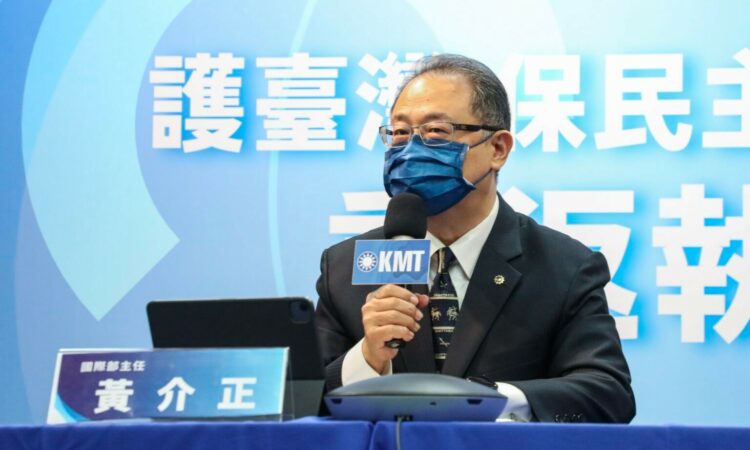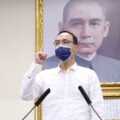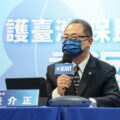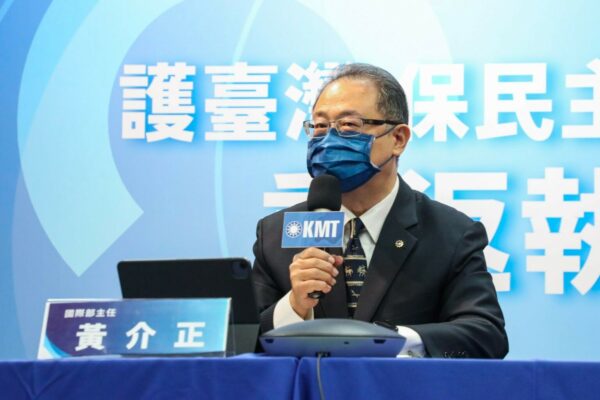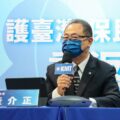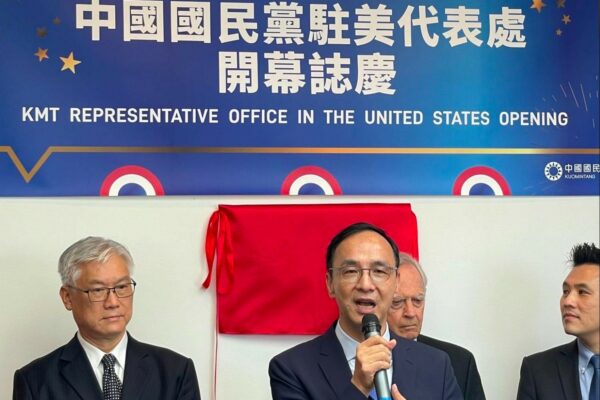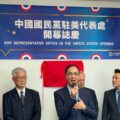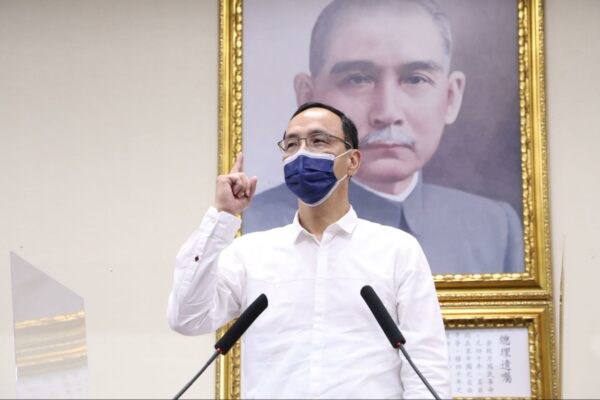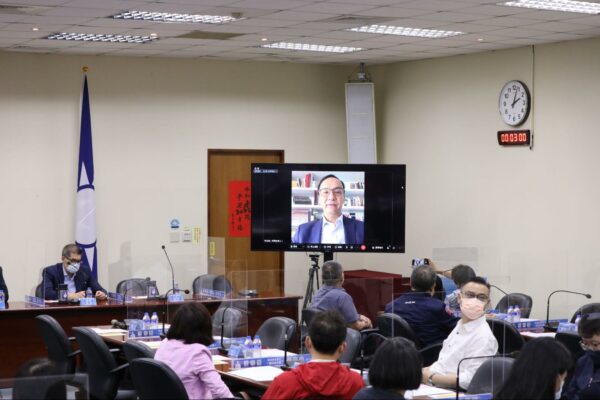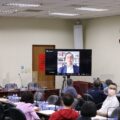
Chairman Johnny Chiang of the Kuomintang (KMT) delivered a speech on cross-Strait relations on August 11th. Chairman Chiang emphasized that peaceful, stable, and mutually beneficial cross-Strait relations are the key to stability in the Asia-Pacific region, the cornerstone of the development of the Republic of China, and the lifeblood of Taiwan’s future. The Kuomintang is the political party that is the most capable of handling cross-Strait relations and can deal with cross-Strait relations in the most pragmatic manner.
On the Tokyo Olympics that just ended, Chairman Chiang thanked all the athletes, coaches and team support staff of the national team for making Taiwan shine in the highest level of sports and achieve the best Olympic results in the ROC history. In the future, whether at the central or local level, the Kuomintang will support all athletes, promote laws and support budgets, so that Taiwan can have a better environment for the cultivation of young athletes.
However, Chairman Chiang pointed out that he had some deep concerns regarding cross-Strait relations after the Tokyo Olympics this year. The tensions between Taiwan and Mainland China have not been relaxed in fair competitions, conversely triggering hostility among people on both sides of the Taiwan Strait.
1. People-Oriented Cross-Strait Relations
The interests of the people are the supreme principle of the country, and the protection of human rights is a universal value. The Kuomintang believes in the pragmatic handling of cross-Strait issues, putting the people first, and allowing the “virtuous circle” of cross-Strait interactions to increase, as these are the most important keys to the welfare of the people on both sides of the Taiwan Strait.
2. Rebuilding Mutual Trust under the Constitution and 1992 Consensus
The 1992 Consensus played a key role in cross-Strait peace and stability in the past. With the emergence of a series of international events in 2019, Taiwan’s society has had many misunderstandings about the 1992 consensus. Last year, the Kuomintang proposed “the 1992 consensus based on the Constitution of the Republic of China,” and some people called it the “Constitution 92.” The constitutional basis illustrates both the clear and ambiguous nature of the 1992 consensus. This promotes the willingness of the two sides of the Strait to communicate and interact, and highlights the fact that the Republic of China truly exists. The Kuomintang believes that the “92 Constitution” will continue to be accepted by more Taiwanese people and the Kuomintang will once again win the trust of the Taiwanese people.
3. No Unification, No Independence, and No Use of Force Action Plan
During the Ma Ying-jeou administration, he advocated “no reunification, no independence, no use of force”, which had effectively ensured peace and stability across the Taiwan Strait, and received nearly 80% of the people’s support. Johnny Chiang advocated that in continuing the peaceful state of “no unification, no independence, and no use of force,” the Kuomintang should devote itself to two social projects. The first is to have a dialogue with the Mainland society, to narrow the distance between the people on both sides of the Strait, and to reverse the calls for military reunification; the other is to revitalize Taiwan’s Chinese culture and historical education, to ensure people-to-people exchanges across the Strait, and to use the power of “harmony” to eliminate the conflict on “independence.”
4. Cross-Strait Forum
To maintain peace, stability and development in the future across the Taiwan Strait and lead the people to march forward bravely, we must first establish a consensus within Taiwan. What the DPP cannot do, the KMT will do! In the future, the Kuomintang will launch the “Cross-Strait Peaceful Development Committee” as a forum for the future vision of the two sides of the Taiwan Strait to conduct meaningful dialogues across generations, strata, and parties in Taiwan’s society.


